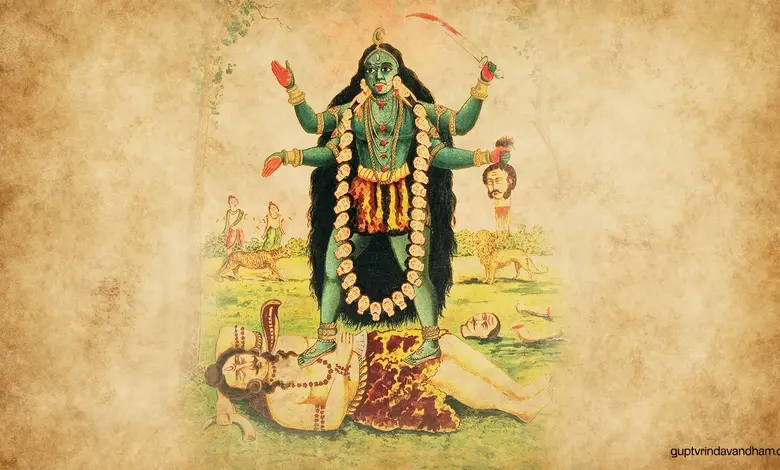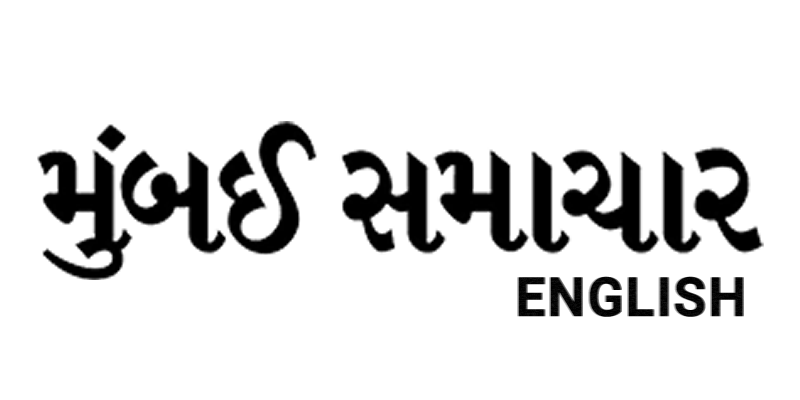
Kali Chaudas, a significant observance during the Diwali festivities, will take place on October 19, 2025. Primarily celebrated in western Indian states like Gujarat, this day is dedicated to honoring Goddess Kali and seeking her protection against malevolent forces. Also referred to as Bhoot Chaturdashi, it symbolizes the elimination of negativity and the triumph of spiritual light over darkness.
The name Kali Chaudas derives from “Kali,” representing the fierce goddess, and “Chaudas,” meaning the fourteenth lunar day. According to traditional beliefs, Goddess Kali destroys evil entities on this night, while Veer Vetal, a protective deity linked to Lord Shiva, wanders to safeguard the devout. This occasion underscores the importance of confronting and overcoming internal shadows, such as fears and doubts, to achieve clarity and inner strength.
The puja muhurat for Kali Chaudas is scheduled from 11:41 PM on October 19 to 12:31 AM on October 20, aligning with the Maha Nishita period—a time considered highly potent for rituals involving tantric practices and invocations of divine energy. The Chaturdashi tithi begins at 1:51 PM on October 19 and concludes at 3:44 PM on October 20.
In terms of significance, Kali Chaudas serves as a spiritual prelude to Diwali, focusing on purification and defense against unseen threats. Devotees perform these rites to cleanse their surroundings and auras, dispel hidden anxieties, and cultivate courage. In Gujarat, the day incorporates Hanuman Puja, where worshippers invoke Lord Hanuman for resilience and protection from obstacles. The observance reminds participants to embrace the goddess’s power, fostering peace and divine favor in daily life.
For the puja vidhi and rituals, preparations begin early. Homes are thoroughly cleaned, and entrances are adorned with rangoli designs and flowers to welcome positive energies. Devotees rise before dawn for a ritual bath, then set up an altar with an idol or image of Goddess Kali. A diya filled with desi ghee or mustard oil is lit in front of the deity, accompanied by offerings of flowers, sweets, and incense. Prayers and mantras, such as “Om Aim Hreem Kleem Chamundaye Vicche,” are chanted with deep devotion to seek safeguarding from evil spirits and negative influences.
A distinctive aspect involves some followers visiting cremation grounds during the midnight muhurat to offer puja to Goddess Kali in her form as the ruler of darkness and to Veer Vetal. This practice, though not obligatory for all, aims to honor the spirits and reinforce spiritual barriers. The ceremony concludes with an aarti, distributing prasad among family members. Certain households prepare traditional foods like poha, laddoos, and churma as part of the offerings, enhancing the communal spirit.
ALSO READ : Kashi Scholars Resolve Diwali Date Dispute for 2025: October 20 Confirmed Amid Lunar Overlap
It is essential to distinguish Kali Chaudas from similar festivals. Unlike Roop Chaudas or Narak Chaturdashi, which may follow the next day and emphasize beauty or victory over demons like Narakasura, Kali Chaudas is determined by the Chaturdashi tithi prevailing at midnight. Additionally, it differs from Bengal Kali Puja, held a day later during Amavasya midnight, with its own unique customs.
By faithfully adhering to these traditions, devotees invite prosperity, bravery, and harmony, setting a positive tone for the upcoming Diwali celebrations.




